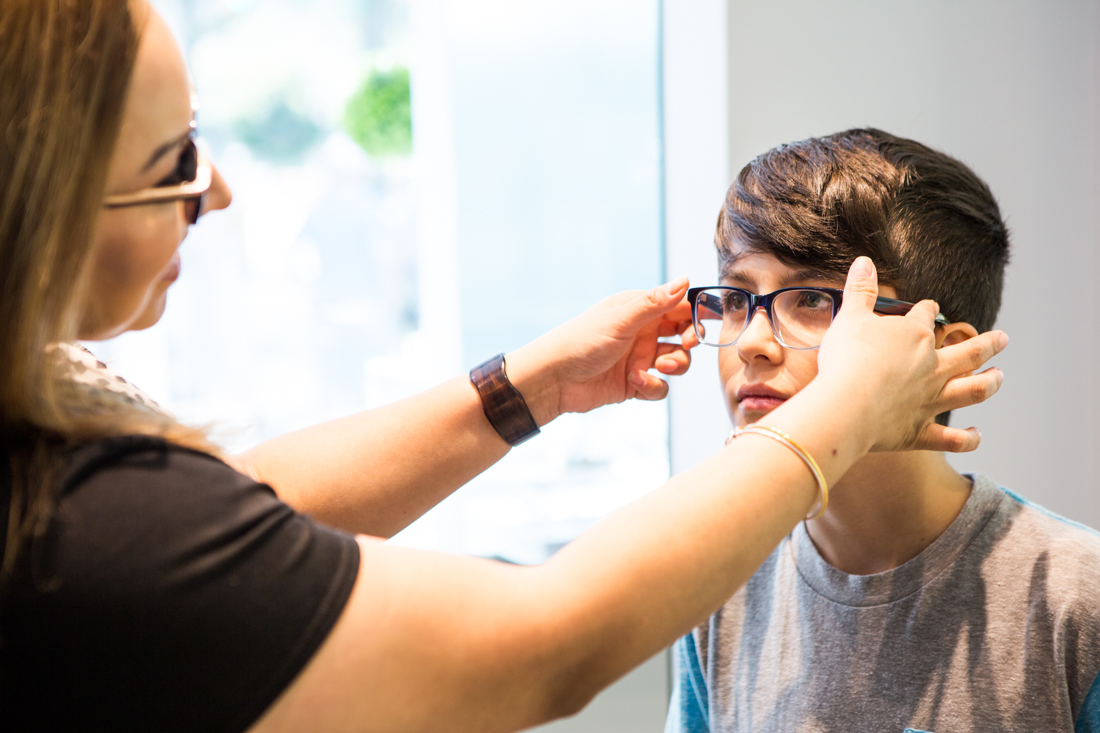Diabetic eye disease is a serious complication of diabetes that can lead to vision loss if left untreated. It primarily includes diabetic retinopathy, diabetic macular edema (DME), cataracts, and glaucoma. Managing diabetes effectively is the first step in preventing and slowing the progression of eye disease. Controlling blood sugar, blood pressure, and cholesterol levels can significantly reduce the risk of vision problems. However, if diabetic eye disease develops, several treatment options are available to protect and preserve eyesight.
One of the most common treatments for diabetic retinopathy and DME is anti-VEGF (vascular endothelial growth factor) therapy. This treatment involves injecting medications into the eye to reduce abnormal blood vessel growth and swelling in the retina. It can help improve or stabilize vision and is often repeated periodically for sustained benefits. Another treatment option is laser therapy (photocoagulation), which uses a focused laser to seal leaking blood vessels or shrink abnormal ones. This procedure is particularly effective in reducing the risk of severe vision loss in people with advanced diabetic retinopathy.

In more severe cases, vitrectomy may be necessary. This surgical procedure removes the vitreous gel in the eye that may be clouded by blood from leaking vessels. By clearing the vitreous and repairing the retina, vitrectomy can help restore vision in cases of advanced diabetic retinopathy. Additionally, cataract surgery is often required for people with diabetes, as they are more prone to developing cataracts at an earlier age. This procedure involves replacing the clouded natural lens with an artificial one, improving clarity and overall vision.
Preventive care is crucial in managing diabetic eye disease treatment. Regular eye exams allow for early detection and timely intervention, reducing the risk of permanent damage. A healthy lifestyle, including a balanced diet, regular exercise, and smoking cessation, can also contribute to better eye health. Consulting an ophthalmologist or retina specialist at the first sign of vision changes—such as blurred vision, floaters, or dark spots—can prevent complications from worsening.
With early diagnosis and appropriate treatment, many people with diabetic eye disease can maintain their vision and quality of life. Advances in medical technology continue to improve treatment outcomes, offering hope to those at risk. By staying proactive and working closely with healthcare professionals, individuals with diabetes can protect their eyesight and enjoy a better quality of life.
